
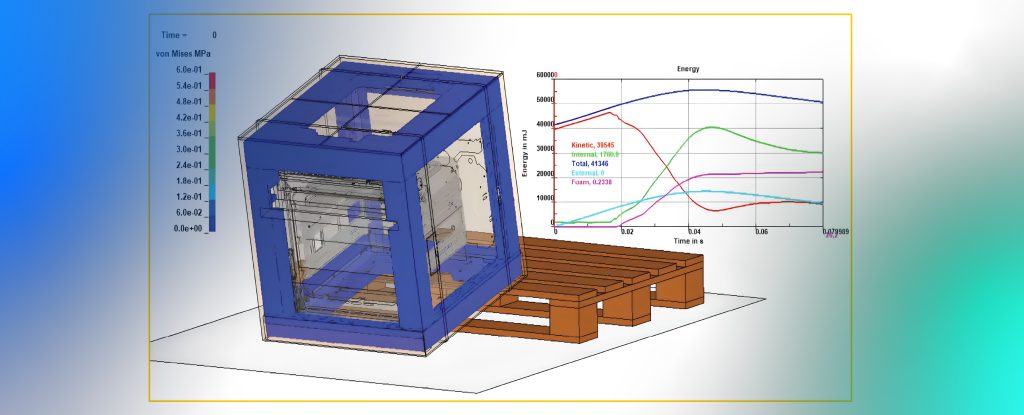
This is where Virtual Transport Test Simulation using LS-DYNA revolutionizes the process. By simulating real-world transit conditions digitally, packaging engineers can predict failures, optimize materials, and design smarter packaging earlier in the development cycle.

To ensure safety and reliability, global standards like ASTM, ISTA, ISO, and PATT specify detailed testing procedures. These tests evaluate:
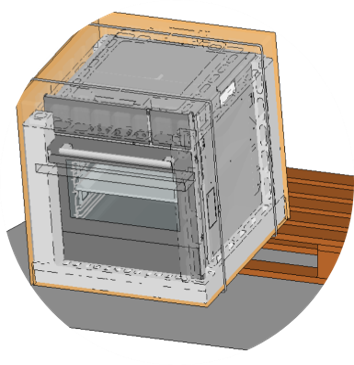

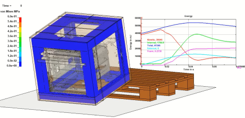
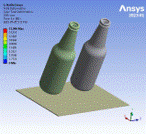
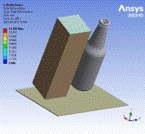
Engineers model the appliance, EPS or corrugated protectors, and secondary packaging elements.
Engineers analyze:
This enables early design corrections without physical prototypes.
Corrugated board is increasingly preferred due to its recyclability and reduced environmental footprint. LS-DYNA supports sustainability-driven optimization by enabling engineers to fine-tune:
Optimization techniques like topology optimization, volume minimization, and compliance reduction ensure material is used only where structurally necessary.
This leads to lightweight yet robust packaging that meets ASTM/ISTA standards without excess material.
Companies using LS-DYNA for virtual transport validation report significant improvements: